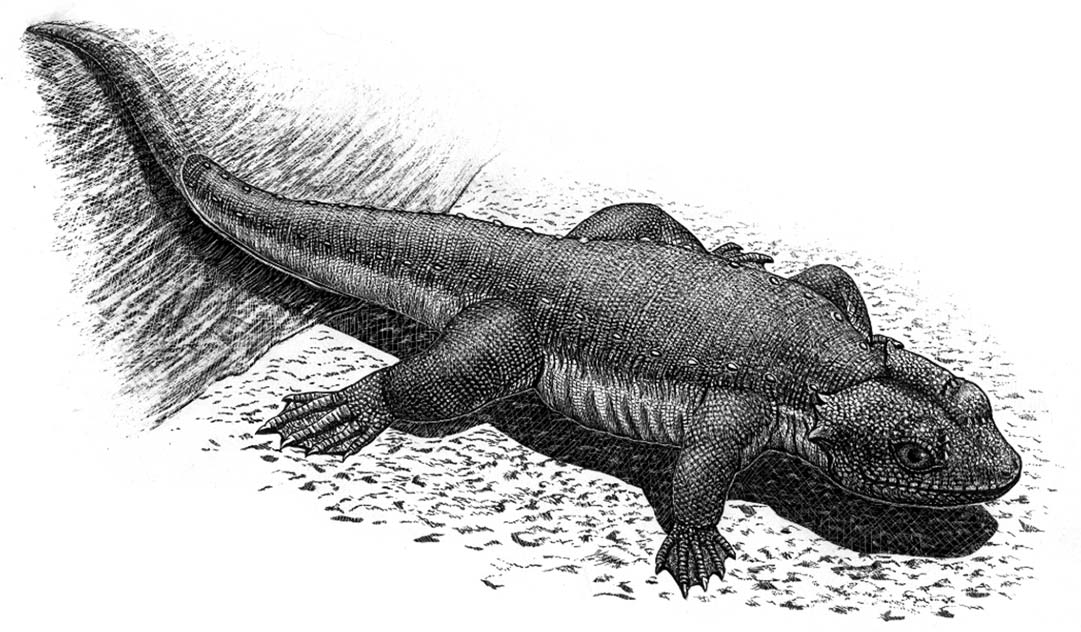|
Mimarachnidae
Mimarachnidae is an extinct family of planthoppers known from the Cretaceous period. Their name is derived from spots on the wings of the first described genera, ''Mimarachne'' and ''Saltissus'', being suggestive of spider mimicry, but these characters are not distinctive for the family as a whole. The family is characterised by "simplified Insect wing#Venation, venation and Seta, setigerous metatibial pecten and hind leg armature". as well as "rounded anterior margin of Prothorax, pronotum, double carination of pronotum and Mesothorax, mesonotum" Genera * †''Ayaimatum'' Jiang & Szwedo in Jiang et al., 2020 Burmese amber, Myanmar, Cenomanian ** †''Ayaimatum trilobatum'' Jiang & Szwedo in Jiang et al., 2020 **†''Ayaimatum minutum'' Fu & Huang, 2021 * †''Burmissus'' Shcherbakov, 2017 Burmese amber, Myanmar, Cenomanian ** †''Burmissus raunoi'' Shcherbakov, 2017 ** †''Burmissus szwedoi'' Luo et al., 2020 ** †''Burmissus'' ''latimaculatus'' Fu & Huang, 2020 * †''Chal ... [...More Info...] [...Related Items...] OR: [Wikipedia] [Google] [Baidu] |
Burmese Amber
Burmese amber, also known as Burmite or Kachin amber, is amber from the Hukawng Valley in northern Myanmar. The amber is dated to around 100 million years ago, during the latest Albian to earliest Cenomanian ages of the mid-Cretaceous period. The amber is of significant palaeontological interest due to the diversity of flora and fauna contained as inclusions, particularly arthropods including insects and arachnids but also birds, lizards, snakes, frogs and fragmentary dinosaur remains. The amber has been known and commercially exploited since the first century AD, and has been known to science since the mid-nineteenth century. Research on the deposit has attracted controversy due to its alleged role in funding internal conflict in Myanmar and hazardous working conditions in the mines where it is collected. Geological context, depositional environment and age The amber is found within the Hukawng Basin, a large Cretaceous-Cenozoic sedimentary basin within northern Myanmar. The s ... [...More Info...] [...Related Items...] OR: [Wikipedia] [Google] [Baidu] |
Planthoppers
A planthopper is any insect in the infraorder Fulgoromorpha, in the suborder Auchenorrhyncha, a group exceeding 12,500 described species worldwide. The name comes from their remarkable resemblance to leaves and other plants of their environment and that they often "hop" for quick transportation in a similar way to that of grasshoppers. However, planthoppers generally walk very slowly. Distributed worldwide, all members of this group are plant-feeders, though surprisingly few are considered pests. The infraorder contains only a single superfamily, Fulgoroidea. Fulgoroids are most reliably distinguished from the other Auchenorrhyncha by two features; the bifurcate ("Y"-shaped) anal vein in the forewing, and the thickened, three-segmented antennae, with a generally round or egg-shaped second segment (pedicel) that bears a fine filamentous arista. Overview Planthoppers are laterally flattened and hold their broad wings vertically, in a tent-like fashion, concealing the sides of the ... [...More Info...] [...Related Items...] OR: [Wikipedia] [Google] [Baidu] |
Kuwajima Formation
The Kuwajima Formation is an Early Cretaceous geologic formation in Japan. Its precise age is uncertain due to a lack of identifying fossils, and it was previously considered likely Valanginian to Hauterivian in age. However, it is now considered to probably be Barremian in age. Dinosaurs and other vertebrates has been recovered from the Kaseki-kabe "Fossil-bluff" locality in the uppermost part of the formation. The multituberculate mammals '' Hakusanobaatar matsuoi'' and '' Tedoribaatar reini'' are known from the Kuwajima Formation. A member of Tritylodontidae, '' Montirictus kuwajimaensis'', has also been recovered from the unit.Hiroshige Matsuoka, Nao Kusuhashi and Ian J. Corfe (2016). "A new Early Cretaceous tritylodontid (Synapsida, Cynodontia, Mammaliamorpha) from the Kuwajima Formation (Tetori Group) of central Japan". Journal of Vertebrate Paleontology. Online edition: Vertebrate Paleobiota Fish Amphibians Choristoderes Squamates Dinosaurs Mammaliam ... [...More Info...] [...Related Items...] OR: [Wikipedia] [Google] [Baidu] |
Weald Clay
Weald Clay or the Weald Clay Formation is a Lower Cretaceous sedimentary rock unit underlying areas of South East England, between the North and South Downs, in an area called the Weald Basin. It is the uppermost unit of the Wealden Group of rocks within the Weald Basin, and the upper portion of the unit is equivalent in age to the exposed portion of the Wessex Formation on the Isle of Wight. It predominantly consists of thinly bedded mudstone. The un-weathered form is blue/grey, and the yellow/orange is the weathered form, it is used in brickmaking. The formation was deposited in lagoonal, lacustrine and alluvial conditions that varied from freshwater to brackish. The clay alternates with other subordinate lithologies, notably hard red-weathering beds of ironstone, limestone (Sussex Marble) and sandstones, notably including the calcareous sandstone unit referred to as the Horsham Stone. It has a gradual, conformable contact with the underlying Tunbridge Wells Sand Formation, a ... [...More Info...] [...Related Items...] OR: [Wikipedia] [Google] [Baidu] |
Zaza Formation
The Zaza Formation is a geological formation located in Buryatia (Russia). It dates to the Lower Cretaceous period. It is Aptian in age and consists of Sandstone, sandstones, Siltstone, siltstones, Marl, marls and bituminous Shale, shales, deposited in a stratified lake. It is situated on a large granite plateau in the NE of Buryatia.Zherikhin, V.V., Mostovski, M.B., Vrsansky, P., Blagoderov, V.A. and Lukashevich, E.D. 1999The unique Lower Cretaceous locality of Baissa and other contemporaneous insect-bearing sites in North and West Transbaikalia ''Proceedings of the First Palaeoentomological Conference, Moscow, 1998''. Bratislava: Amba Projects, pp. 185-192. The formation is known for its numerous compression fossils of many varieties of insect found predominantly at the Baissa locality, located on the banks of the Vitim River. Insects are found in multiple beds throughout the succession, predominantly in the finer grained facies, the preservation of insect fossils is variable bet ... [...More Info...] [...Related Items...] OR: [Wikipedia] [Google] [Baidu] |

.jpg)

